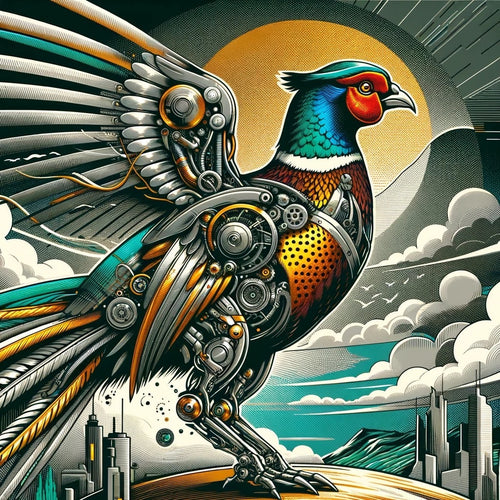THREE Things About The Blade
Here's the knife again...

There are many things happening all at the same time on this blade - but let's just focus on the first THREE things likely to jump out at you about it. And there is a good chance they jump out at you in the following order:
#1 - The blade has a decent depth to it (more on this in a moment)
#2 - The "wave" contour along the scale of the knife continues into the blade
#3 - The curved front of the scale is replicated in the "plunge line" of the blade
So, breaking these down...
In the previous section I mentioned it was a no-brainer to give the blade some heft and not allow it to have any sort of skinny-ness.
Here's what I'm talking about (just in case it wasn't too clear):

The sole aim of the blade having more depth is for it to stand up to hard use.
But here's the cool thing:
There is a side-effect in that the entire knife looks like it has more heft. It actually looks like you can throw a lot at it and it will handle it with ease (which, of course, is ultimately what we're aiming for here). If all you changed in the above design was to slim-down the blade, then the entire knife is going to look less tank-like.
Let's talk about the "wave"...
For the scales, this is a feature we will talk about soon. For now though, let's just observe the wave pattern in the side of the scales. This wave pattern continues in one sweep across the blade. This gives the mild illusion that the blade and knife handle are one piece.

Let's zoom in a bit to see #3...

The sweep at the front of scales is something I'll cover later - but, as with the wave on the scales, we'll just acknowledge it for now. With this in mind you can see the plunge-line of the blade follows this line.
This, again, gives the subtle illusion of the blade and handle being one piece. If I had made the plunge-line straight -- as is the case with nearly all knives -- it would be visually more jarring and really disrupted the "flow" of the knife.
The combination of the curved plunge-line designed to match the scales and the wave line continuing on the blade to also match the scales results in the blade + handle flowing together. "Flowing" is perhaps a bit of an airy fairy word to use ...but it really does describe it well and is exactly what I was aiming for during the design process.
You're probably thinking,
"Magnus, you've not talked about the blade length or material ...surely those are the most important things?"
You're right, they are damn important - but I'm going to leave it at that for now for the blade. There is most definitely more to discuss on the blade - but that's going to come in a later section.
<<< Previous Section -- Making "The World's Best Knife" <<<
>>> Next Section -- [] >>>
